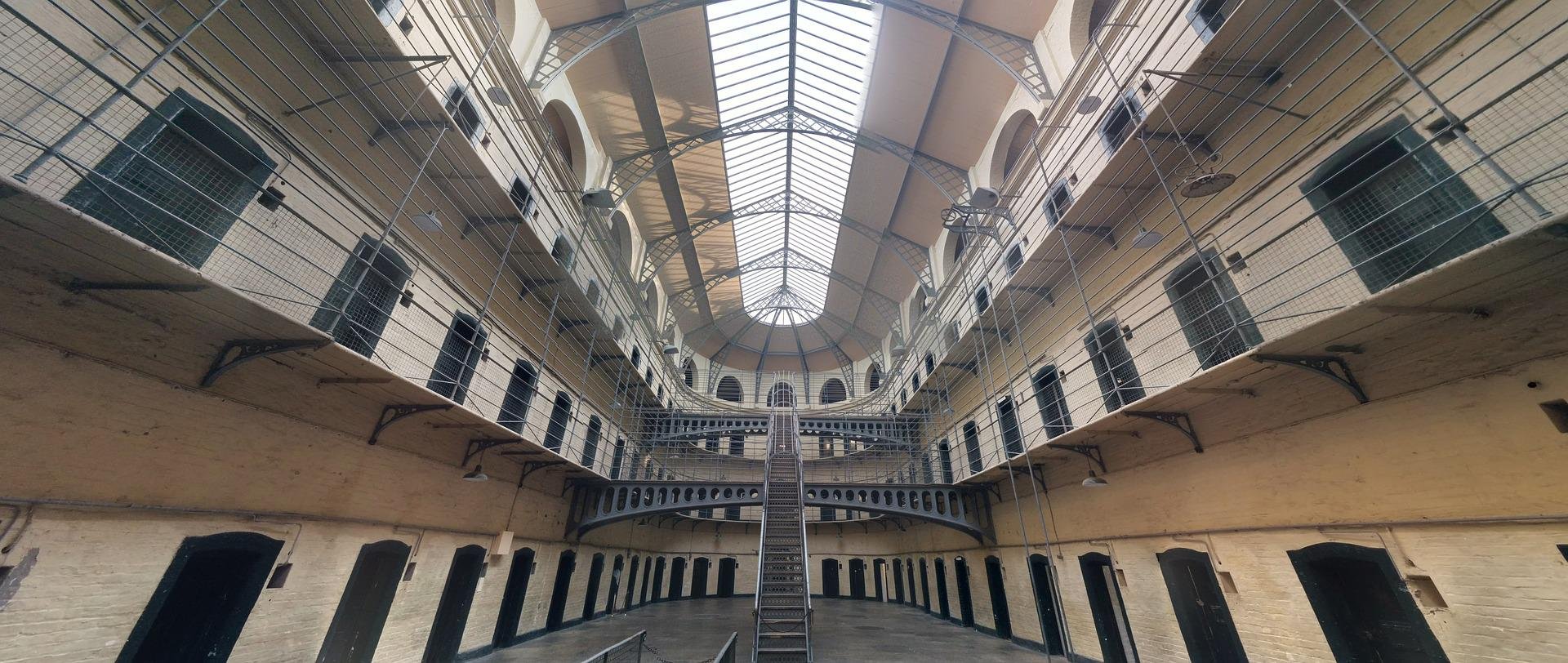A guide on how to do a scrapbook about your grandmother.
/Scrapbooking is a wonderful way to highlight the importance of family history and record our loved ones before they are gone forever. Creating a scrapbook about your grandmother allows you to preserve and share her memories with future generations. In this essay, we will provide a step-by-step guide to help you create a scrapbook about your granny that will serve as a lasting tribute to her life and personality.
Step 1: Gather Materials
Before you begin your scrapbook project, you will need to gather the materials you will need. You will need a scrapbook album, acid-free paper, scissors, adhesive, embellishments, and any photos or memorabilia you would like to include. When selecting your materials, consider the theme and color scheme of your scrapbook, and choose materials that complement that vision.
Step 2: Plan Your Layout
Once you have your materials, it's time to plan out your scrapbook layout. This involves deciding what story you want to tell and how you will use your materials to creatively illustrate your grandmother's life and personality. Consider using a combination of photos, handwritten notes, and decorative elements to create a cohesive and visually interesting design.
Step 3: Gather Photos
Photos are a critical element of any scrapbook project. As you gather photos for your grandmother's scrapbook, look for images that capture important moments in her life, such as her wedding day, her children, and memories of her childhood. Candid snapshots that capture her personality and character are also great additions.
Step 4: Choose a Title
Select a title for your scrapbook that reflects the essence of your grandmother. The title should be memorable and unique, serving as an inviting introduction to your project. Examples of possible titles include "Remembering Granny," "A Life Well-Lived," or "Keeping Memories Alive."
Step 5: Begin Building Your Pages
With your materials, layout plan, photos, and title in place, it's time to start building your scrapbook pages. Begin with your title page and continue through each spread, paying close attention to balance, color, and overall design. Consider incorporating decorative elements like ribbons, buttons, and stamps to add texture and dimension to your pages.
Step 6: Incorporate Memorabilia
Incorporating memorabilia into your scrapbook adds a personal touch and helps to tell your grandmother's story. Examples of memorabilia you can include are old letters or postcards, ticket stubs from her favorite concert or event that she attended, or even a lock of her hair from her youth.
Step 7: Journal Your Memories
In addition to photos and decorative elements, consider adding personal journaling to your pages. This could include handwritten messages from other family members fondly complimenting Granny.
Step 8: Organize and assemble the book:
Once you have completed all the pages, assemble them in the scrapbook album in the desired order.
Sit with Granny and go through the book. Make sure to set your camera/smartphone to record video and let her reminisce and share her life stories as she enjoys her beautiful book!
To learn how to film your grandparent with a smartphone click here.





































































